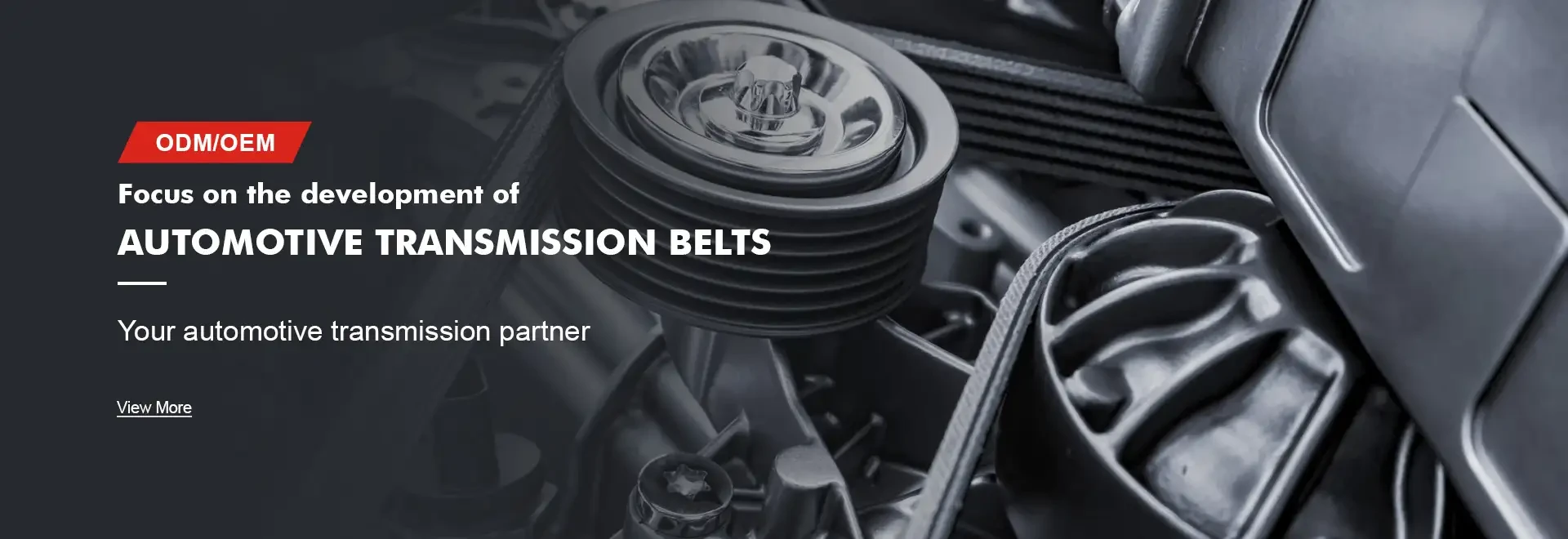- Arabic
- French
- Russian
- Spanish
- Portuguese
- Turkish
- Armenian
- English
- Albanian
- Amharic
- Azerbaijani
- Basque
- Belarusian
- Bengali
- Bosnian
- Bulgarian
- Catalan
- Cebuano
- Corsican
- Croatian
- Czech
- Danish
- Dutch
- Afrikaans
- Esperanto
- Estonian
- Finnish
- Frisian
- Galician
- Georgian
- German
- Greek
- Gujarati
- Haitian Creole
- hausa
- hawaiian
- Hebrew
- Hindi
- Miao
- Hungarian
- Icelandic
- igbo
- Indonesian
- irish
- Italian
- Japanese
- Javanese
- Kannada
- kazakh
- Khmer
- Rwandese
- Korean
- Kurdish
- Kyrgyz
- Lao
- Latin
- Latvian
- Lithuanian
- Luxembourgish
- Macedonian
- Malgashi
- Malay
- Malayalam
- Maltese
- Maori
- Marathi
- Mongolian
- Myanmar
- Nepali
- Norwegian
- Norwegian
- Occitan
- Pashto
- Persian
- Polish
- Punjabi
- Romanian
- Samoan
- Scottish Gaelic
- Serbian
- Sesotho
- Shona
- Sindhi
- Sinhala
- Slovak
- Slovenian
- Somali
- Sundanese
- Swahili
- Swedish
- Tagalog
- Tajik
- Tamil
- Tatar
- Telugu
- Thai
- Turkmen
- Ukrainian
- Urdu
- Uighur
- Uzbek
- Vietnamese
- Welsh
- Bantu
- Yiddish
- Yoruba
- Zulu
พ.ย. . 29, 2024 15:09 Back to list
Timing Belt Connection Procedure and Guidelines for Efficient Vehicle Maintenance
Understanding the Importance of Connecting Timing Belts
The timing belt plays a crucial role in the operation of an internal combustion engine. It is a specific type of belt that connects the crankshaft and camshaft(s), ensuring that the engine's valves open and close at the correct times during each cylinder's intake and exhaust strokes. This synchronization is vital for an engine’s optimal performance, efficiency, and longevity. This article delves into the significance of the timing belt, its functionality, potential issues, and maintenance tips.
The Functionality of Timing Belts
The timing belt is usually made of durable rubber and reinforced with fibers for added strength. It features teeth that grip the sprockets of both the crankshaft and camshaft. As the crankshaft spins, the rotation is transferred to the camshaft, thereby allowing the valves to open and close in harmony with the engine's cycles. If the timing belt were to slip or break, it could lead to catastrophic engine damage, particularly in interference engines, where the pistons and valves occupy the same space.
As engines evolve, the designs and materials used in timing belts have improved significantly. Some timing belts have been replaced by chains, which are often considered more durable but can be noisier and heavier. Nonetheless, timing belts continue to be preferred in many newer engines due to their lightweight nature and quieter operation.
Signs of Timing Belt Issues
It's essential for car owners to recognize the early signs of a failing timing belt to prevent significant damage. Some common indicators include
1. Ticking Noise A noticeable ticking or slapping noise coming from the engine area could indicate that the timing belt is loose or worn. 2. Engine Performance Issues If your vehicle is experiencing misfires, stalling, or poor acceleration, it's time to have the timing belt inspected, as these symptoms could be due to improper valve timing.
connecting timing belt

4. Dashboard Warning Lights Some vehicles have diagnostic systems that will alert you to issues with the engine timing.
Maintenance and Replacement
Regular maintenance is critical for the timing belt's performance and lifespan. Most manufacturers recommend replacing the timing belt between 60,000 to 100,000 miles, depending on the make and model of the vehicle. However, some factors might necessitate more frequent replacement, including extreme temperature conditions and driving habits.
To ensure proper installation and functionality, timing belt replacement should always be performed by a certified mechanic. During this procedure, it is also advisable to replace related components, such as the water pump, tensioners, and pulleys, to avoid future problems.
The Cost of Neglecting Your Timing Belt
Neglecting the maintenance of your timing belt can lead to severe consequences, including engine failure. If a timing belt snaps while driving, it can lead to significant repair costs, often amounting to thousands of dollars. The engine might require a complete overhaul or, in some cases, replacement. Therefore, staying ahead with maintenance is far less expensive than dealing with engine repairs.
Conclusion
In conclusion, the timing belt is a small yet indispensable component of your vehicle's engine. Proper maintenance, timely replacement, and awareness of potential issues can save you considerable money and headaches down the road. If you are unsure about the condition of your timing belt, consult your owner’s manual for maintenance recommendations or visit a trusted mechanic. A proactive approach can ensure that your engine runs smoothly and efficiently for years to come. Understanding the significance of connecting timing belts allows car owners to appreciate their vehicles better and make informed decisions when it comes to maintenance.
-
Korean Auto Parts Timing Belt 24312-37500 For Hyundai/Kia
NewsMar.07,2025
-
7PK2300 90916-T2024 RIBBED BELT POLY V BELT PK BELT
NewsMar.07,2025
-
Chinese Auto Belt Factory 310-2M-22 For BMW/Mercedes-Benz
NewsMar.07,2025
-
Chinese Auto Belt Factory 310-2M-22 For BMW/Mercedes-Benz
NewsMar.07,2025
-
90916-02660 PK Belt 6PK1680 For Toyota
NewsMar.07,2025
-
drive belt serpentine belt
NewsMar.07,2025

